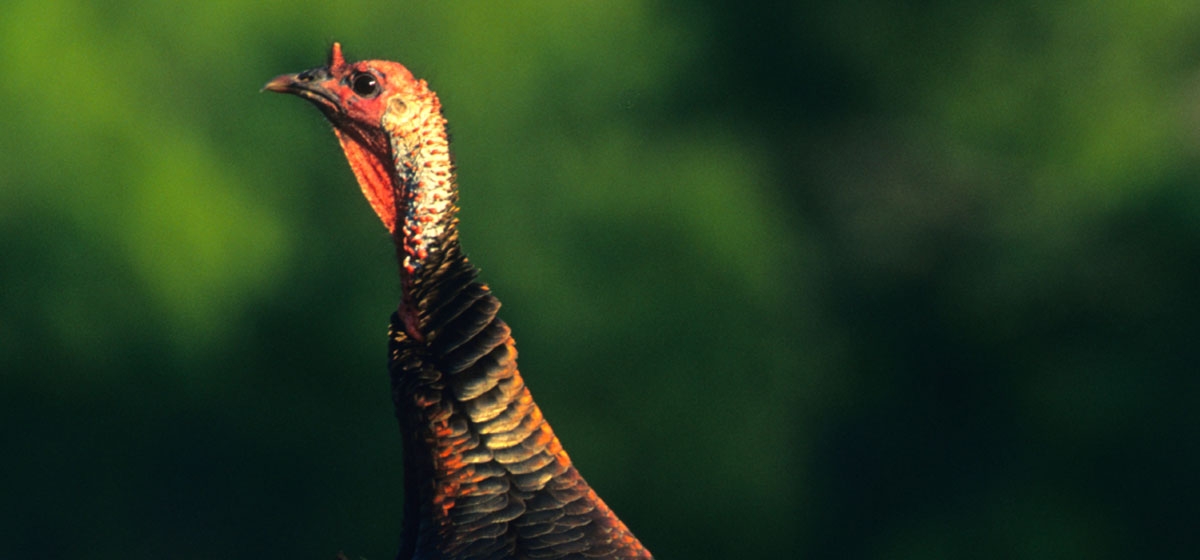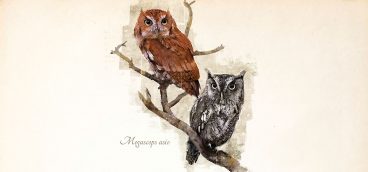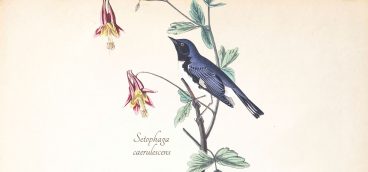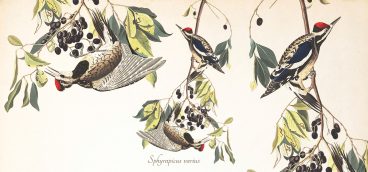
I have always had a thing for road kill; not for death as spectacle, but for the opportunity to see something wild up close. Though there are limits to what I’ll inspect, I’m usually drawn to at least making an identification of the species, particularly if it happens to be avian.
Thus, one afternoon, I found myself on the shoulder of Fox Chapel Road just before it intersects with Squaw Run. A wild turkey had met its maker, or at least a fast moving vehicle; its wing rising and falling with passing traffic.
Wild turkeys weigh somewhere in the neighborhood of 15 to 25 pounds, give or take. They are the progenitors of our holiday birds, though anyone shopping for a turkey this season knows the farm-raised versions can put on far more weight. Size isn’t the only difference. Domestic birds are covered in white feathers. Wild birds sport a wonderful plumage of bronze, tan, black and white. The fallen bird along the roadside provided me with some study samples. I pulled several tail feathers. Tipped in tan, with a central shaft along which stripes of soft brown and black barbs evenly grow, the tail feathers are one of the male’s flashier calling cards. It’s that fantastic bustle that school kids have drawn for generations. A turkey’s flight feathers are the real surprise. The curved primaries are black and white and stiff as cardboard. The wing feathers have to be strong to lift the bird off the ground and keep it aloft in flight. I pulled several of those quills. Just the sort of feathers Ben Franklin would have loved for penning a letter, circa 1784. He had a thing for turkeys.
Lamenting the selection of the Bald Eagle, which he thought a lazy thief, as the national symbol, Franklin remarked in a family letter, “For in Truth the Turkey is in Comparison a much more respectable Bird, and withal a true original Native of America…. He is besides a Bird of Courage, and would not hesitate to attack a Grenadier of the British Guards who should presume to invade his Farm Yard with a red Coat on.” Franklin’s respect for the turkey ran deep; my own respect for Franklin all the more so.
The male, especially, is one of those fantastic creatures that leaves me in awe of the variety of bird forms. Here’s both a runner with a long, powerful stride, and a flying cannon ball. In breeding season, his bare head and knobbly neck are brilliant blue and deep red. Males and females eat nuts, acorns, seeds, leaves, berries, insects, worms and the occasional reptile. They’ll scrape the ground with their impressive claws to find their meals. Turkeys nest on the ground in late spring, a dozen or so eggs to a clutch, with the female doing all the work. In winter, they wander the region but find no need to migrate, their food supplies being plentiful.
Hunting and urbanization once diminished or extirpated local turkey populations in Pennsylvania and elsewhere. Today, the Pittsburgh region is replete with turkeys, even in the city itself. I’ve seen them strutting in gardens in Shadyside; had one fly over my car across the Parkway en route to Monroeville; and seen families, all lined up from largest to smallest, exploring the undergrowth of Fox Chapel and the North Hills. A favorite memory involves a late afternoon of fly fishing on Pine Creek below Duncan Road, just off of Route 8. The sun was setting, and I had been casting to a rising trout. Just as I was about to throw the perfect cast, a loud gobble surprised me. I looked, but couldn’t see the bird. I looked again, and there he was, a wild turkey perched in a tree, preparing his evening roost. Awkward to me, but clearly he was right at home.





